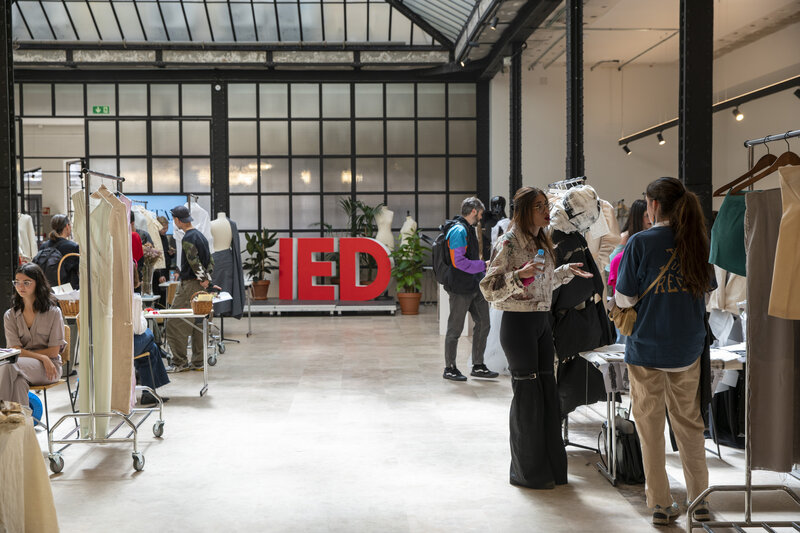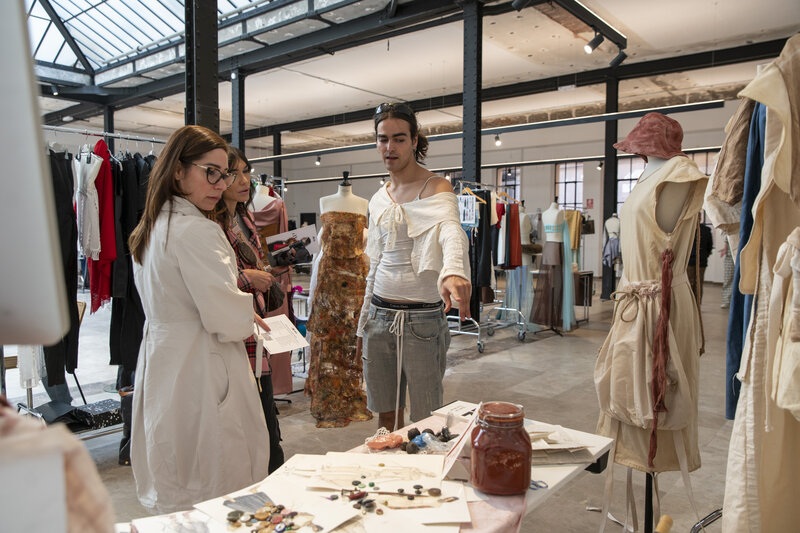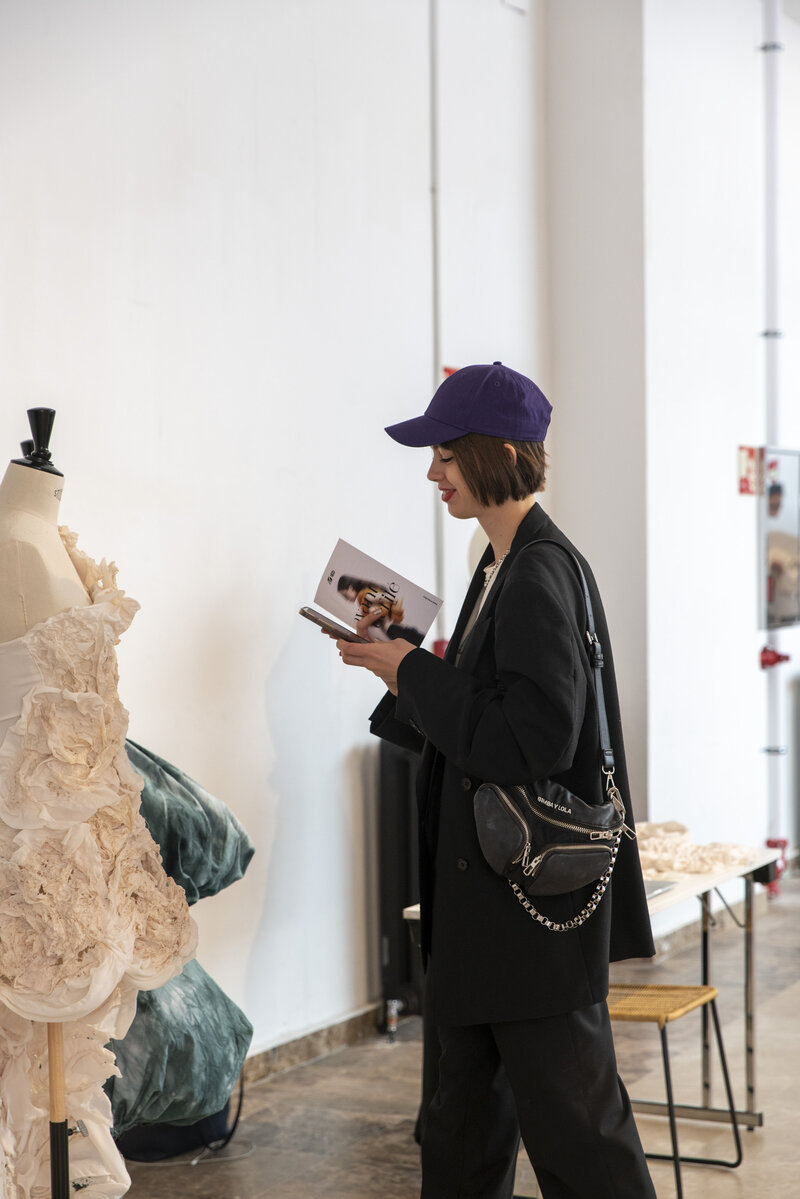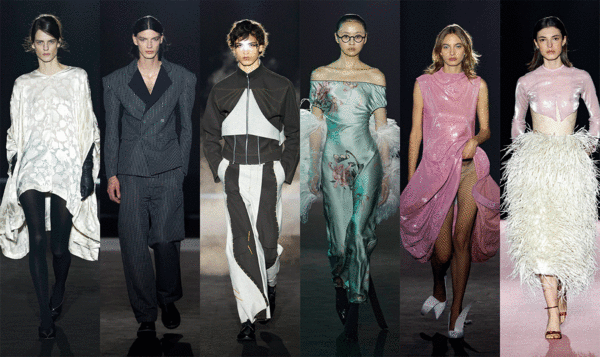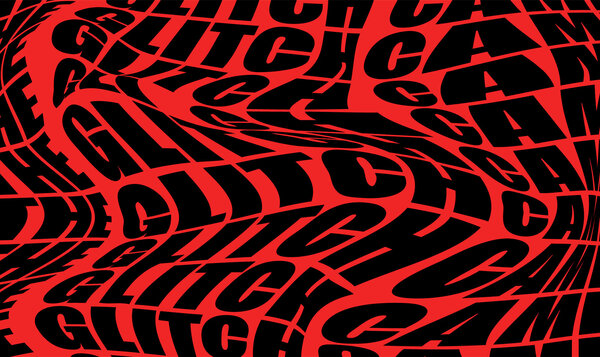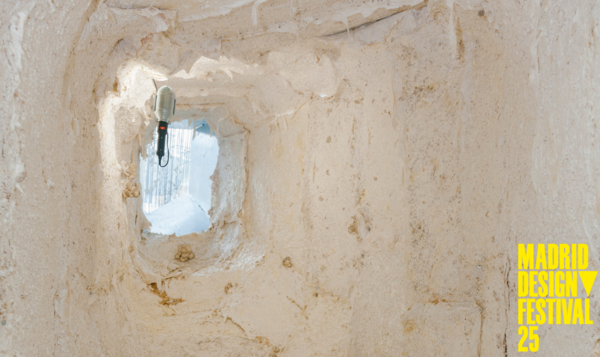Eight collections that speak about diversity, identity, rebellion, memories, spirituality, nature, personal processes or renewering the tradition
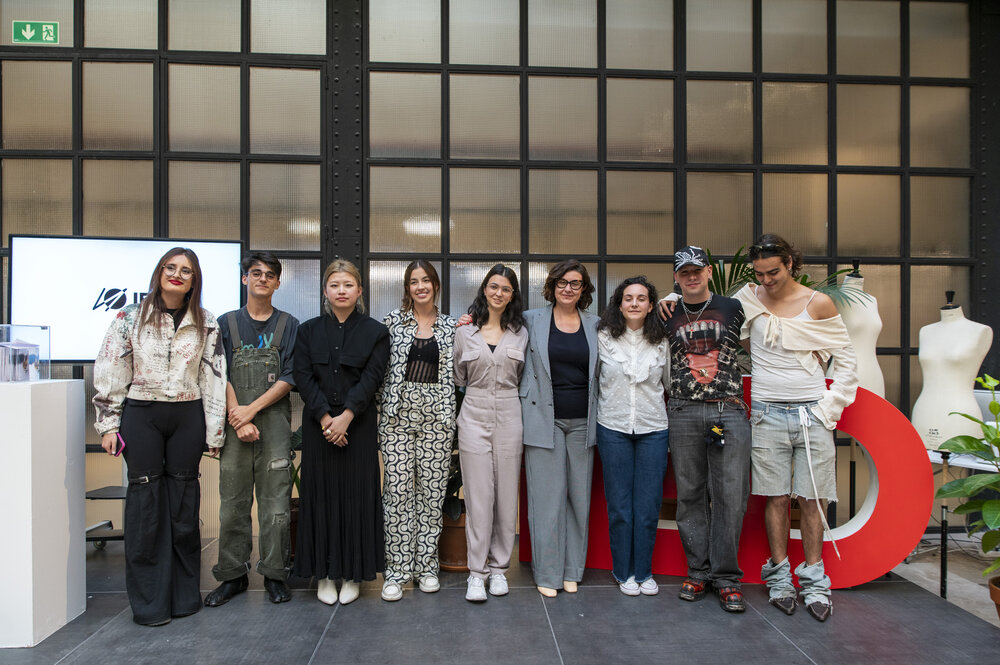
We already know the eight collections that will participate in IED Madrid Fashion Show 2023
Date
19 May 2023
On 18 May, the Avant-Défilé was held, an event that showcased 21 collections and two fashion communication projects by students, all of them in the fourth year of the Título de Grado en Enseñanzas Artísticas Superiores de Diseño de Moda. From this event, the eight collections that will participate in the Fashion Show 2023 were selected.
The jury was made up of 120 people in charge of selecting the proposals that we will see on the catwalk on the 4th of July. The jury was made up of professionals related to the world of fashion, design, communication, youth, art, new languages and digital environments, as well as teachers and representatives from various IED Group centres.
An event in which a promising new generation of designers have put words to their projects and shared processes, ideas, creativity, values and experiences with the members of the jury, as well as with their classmates and teachers, friends, family and the general public, on an exciting day for the entire IED Community.
And, without further ado, we present to you the students who will participate in the 2023 End of Year Fashion Show:
Pablo Barceló with Las flores de mi armario, a collection that is also a biographical work, a constant reference to his childhood and his memories of it: the games in the garden, the flowers, the imposed gender roles, the visits and meals at his grandmothers' houses, the clothes of his childhood, the "secondary homophobia", the visits to the psychologist... Barceló recovers all that universe and translates it into garments full of details and metaphors. Many of them, moreover, are multi-positioned and offer several possibilities of being dressed.
María Castellano presents a collection conceptualised around mourning, her own mourning. Castellano, taking as a reference the idea behind the methodology of neuroarchitecture, developed her own plan-structure of how each phase of mourning would be translated into garments. Thus, each one of them would correspond to a type of fabric, material, colour, finish, dimensions, fall or weight of the garment. A collection that goes through each of these stages with the design of a series of garments for each one of them.
Marcos Escobar tells us in his collection about the evolution and differentiation that he and his twin brother have experienced through external factors, such as role models. How two people with the same genetic material have found different ways of expression. For this reason, his garments are at the same time multiple garments, multi-position pieces that each person can adapt and wear according to their personality and how they want to express and show themselves. Escobar also refers to the colours and raw materials of his homeland, the Basque Country, using natural dyes that refer to the landscapes of his childhood.
Alejandro Ferri, for his part, presents a proposal of garments that explore the path of the soul after death according to Christianity: redemption, penance, punishment and other dark corners that the soul will have to go through until, finally, it reaches the light and goodness, until it becomes an angel. A collection that also borrows elements from his family's historical heritage or references to works of art, resulting in a collection full of symbolism and details.
Raquel Pajares with her collection La resiliencia de lo artesanal. A collection that seeks to bring technology and immediacy to handmade designs, adapting crochet craftsmanship to today's times and allowing it to be produced through 3D printing. The result of these designs is just as satisfactory in terms of appearance, flexibility, durability and adaptability as those produced by hand. A collection that seeks to connect the languages of craftsmanship and technology and unite generations.
Carmen Rosa explores in the designs of her collection the possibilities of fusion between the human being and nature, but not in an overflowing or extravagant way, but with a delicate language that borrows from plants and flowers their shapes, their folds, their touch or their colours. Pieces that want to talk about the coexistence between the human being and the environment. In keeping with this idea, Prieto uses materials, biomaterials and dyes. With all of them he plays and experiments to discover new techniques, effects and potentialities that they can offer us.
María Paula Prieto has always felt a special attraction for bridal fashion. However, she has not wanted to create a collection that replicates the classic and traditional models of wedding dresses. Therefore, Prieto proposes dresses for modern, unconventional, rebellious, revolutionary, non-conformist brides. Wedding dresses in fabrics such as denim, a fabric that was used by many women to declare themselves rebels, or deconstructing traditional dresses to recreate dresses with a completely contemporary look and language.
Carmen Rosa explores in the designs of her collection the possibilities of fusion between the human being and nature, but not in an overflowing or extravagant way, but with a delicate language that borrows from plants and flowers their shapes, their folds, their touch or their colours. Pieces that want to talk about the coexistence between the human being and the environment. In keeping with this idea, Prieto uses materials, biomaterials and dyes. With all of them he plays and experiments to discover new techniques, effects and potentialities that they can offer us.
Dekui Yang proposes pieces that are a construction of the identity of the wearer. Each garment transcends the previous design that is made of it, as each one of them takes shape and life as it is made on the person himself, adapting to his features, lines, shapes, as if it were a reflection of the body's identity. A process that could be considered almost architectural, of construction. Moreover, this whole process is recorded through a photographic archive that shows the process of each garment.
Each of these students will have to design five complete looks for the catwalk in which they will participate.
On the 4th of July we will know the rest of the garments that will make up the collection and we will be able to see them come to life in the IED Madrid Fashion Show 2023.
See you soon!
Cover photo: from left to right María Castellano, Pablo Barceló, Dekui Yang, María Paula Prieto, Carmen Rosa, Giusi Lara (Managing Director of IED Madrid), Raquel Pajares, Alejandro Perri and Marcos Escobar.
